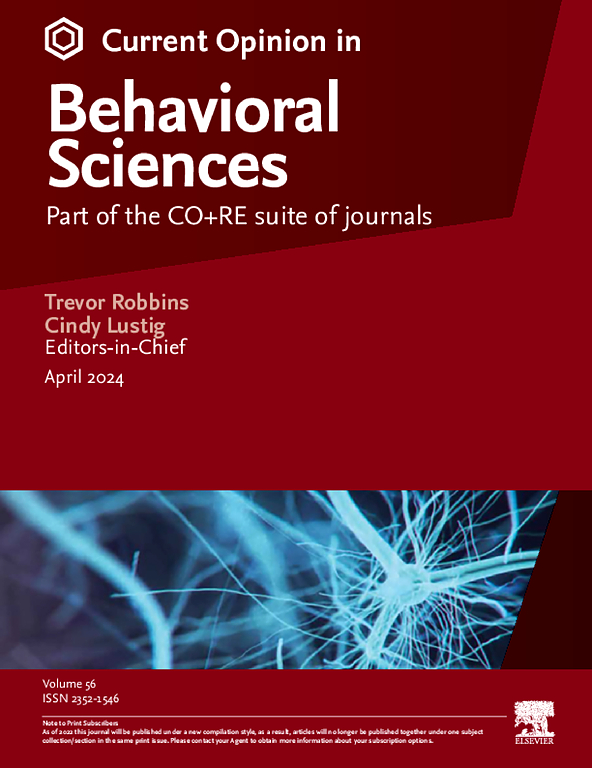Evolution of neural mechanisms underlying the behavioral diversification of weakly electric fishes
IF 3.5
2区 心理学
Q1 BEHAVIORAL SCIENCES
引用次数: 0
Abstract
Understanding neural mechanisms underlying behavioral diversity is a fundamental challenge in neuroscience and evolutionary biology. Weakly electric fish provide an excellent system for studying this, as they exhibit convergent evolution between distantly related clades and fine-scale neural adaptations linked to behavioral divergence within clades. These fish actively generate electric fields to communicate and sense their environment. Electric organs that generate these fields and electroreceptors that detect them have evolved multiple times independently. Despite their independent origins, these clades share numerous similarities in their electrosensory and electromotor systems across several levels of biological organization. On the other hand, studies in one particular clade have related evolutionary divergence in sensory perception and behavior to changes in electroreceptor physiology and central processing in sensory and sensorimotor pathways. Together, these findings reveal both predictability in the evolution of neural mechanisms for behavior and ways in which neural adaptations can drive behavioral diversification.
弱电鱼类行为多样化背后的神经机制演化
理解行为多样性背后的神经机制是神经科学和进化生物学的一个基本挑战。弱电鱼为研究这一问题提供了一个很好的系统,因为它们表现出远亲进化枝之间的趋同进化,以及与进化枝内部行为差异相关的精细神经适应。这些鱼主动产生电场来交流和感知它们的环境。产生这些电场的电器官和检测它们的电感受器已经独立进化了好几次。尽管它们的起源独立,但这些分支在生物组织的几个层次上在电感觉和电运动系统上有许多相似之处。另一方面,对一个特定分支的研究将感觉知觉和行为的进化分歧与电感受器生理和感觉和感觉运动通路的中枢加工的变化联系起来。总之,这些发现揭示了行为的神经机制进化的可预测性,以及神经适应驱动行为多样化的方式。
本文章由计算机程序翻译,如有差异,请以英文原文为准。
求助全文
约1分钟内获得全文
求助全文
来源期刊

Current Opinion in Behavioral Sciences
Neuroscience-Cognitive Neuroscience
CiteScore
10.90
自引率
2.00%
发文量
135
期刊介绍:
Current Opinion in Behavioral Sciences is a systematic, integrative review journal that provides a unique and educational platform for updates on the expanding volume of information published in the field of behavioral sciences.
 求助内容:
求助内容: 应助结果提醒方式:
应助结果提醒方式:


